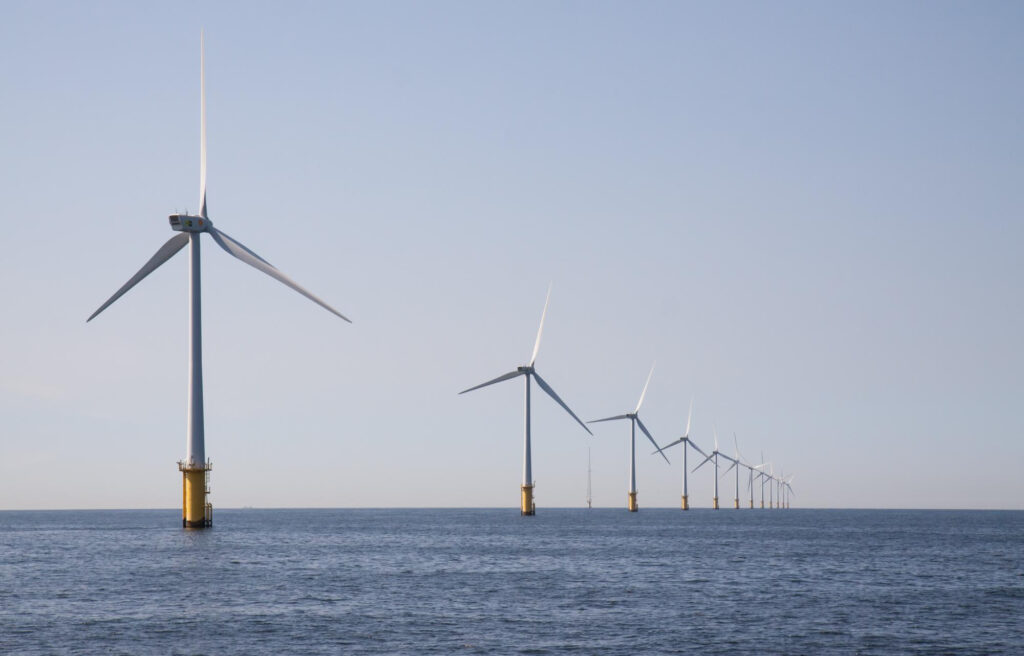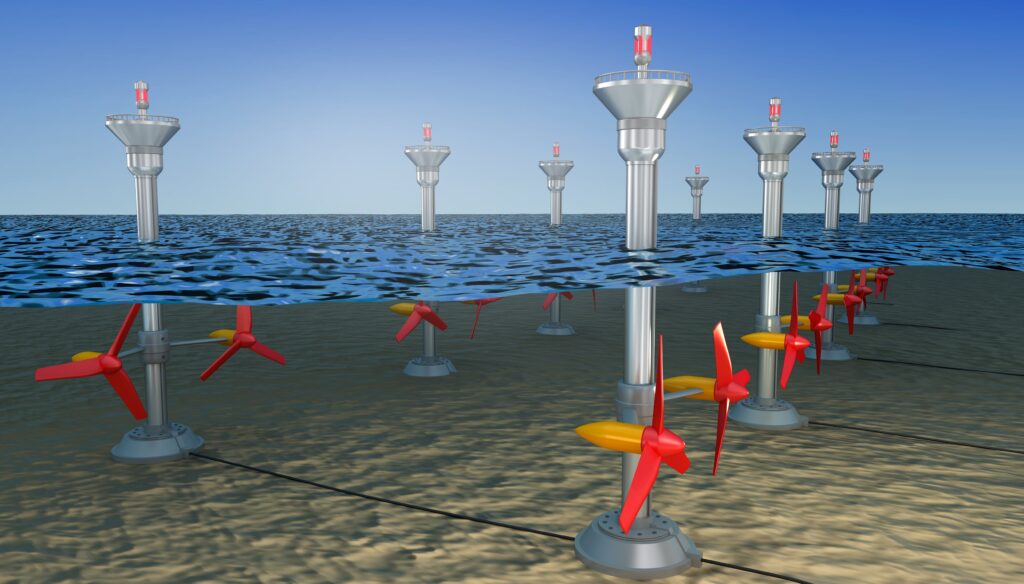Emerging Market Innovations
The offshore energy sector is experiencing several emerging market innovations aimed at enhancing efficiency, reducing costs, and promoting sustainability. Here are some notable innovations in offshore energy:

Offshore Wind
Electricity generation from wind turbines installed in bodies of water, such as oceans or seas, capturing the energy of strong offshore winds for renewable power.
Offshore Tidal Power
Extraction of energy from the natural movement of tides in oceans and seas using underwater turbines or tidal barrages, converting tidal currents into electricity for sustainable energy production.

Other Emerging Innovations
- Floating Offshore Wind: Floating offshore wind farms are a significant innovation that expands the potential for wind energy generation in deep-water areas. Rather than being fixed to the seabed, wind turbines are mounted on floating structures, enabling deployment in locations with deeper waters and stronger winds. This technology has the potential to unlock vast offshore wind resources and increase the accessibility of renewable energy.
- Subsea Energy Storage: Subsea energy storage systems involve storing excess energy generated by offshore wind or tidal power installations. By utilizing underwater structures or compressed air storage systems located on the seabed, this innovation allows for the storage and subsequent release of energy when demand is high or renewable energy generation is low. Subsea energy storage can help balance the intermittent nature of renewable energy sources and improve grid stability.
- Subsea Robotics and Automation: Advancements in robotics and automation technologies are transforming offshore operations. Remotely Operated Vehicles (ROVs) and Autonomous Underwater Vehicles (AUVs) are being deployed for various tasks, including subsea inspections, maintenance, and repairs. These robotic systems are equipped with sensors, cameras, and manipulator arms, enabling them to perform complex operations in challenging offshore environments. This innovation improves safety, reduces human intervention, and enhances operational efficiency.
- Digitalization and Data Analytics: Digitalization and data analytics are revolutionizing offshore energy operations. Integration of sensors, real-time monitoring systems, and Internet of Things (IoT) technologies enable the collection and analysis of vast amounts of data. Advanced analytics and machine learning algorithms are applied to optimize operations, predict maintenance needs, and improve energy production. Digital twin technology, creating virtual replicas of offshore assets, allows for enhanced monitoring, simulation, and performance optimization.
- Electrification of Offshore Operations: There is a growing trend toward electrification of offshore operations to reduce greenhouse gas emissions and improve energy efficiency. This involves utilizing offshore renewable energy sources, such as wind and solar, to power offshore platforms, production facilities, and subsea installations. Electrification reduces reliance on fossil fuels, lowers carbon footprint, and aligns with the global transition toward sustainable energy systems.
- Carbon Sequestration: Carbon Sequestration is the process of capturing and storing atmospheric carbon dioxide. It is one method of reducing the amount of carbon dioxide in the atmosphere with the goal of reducing global climate change. The USGS is conducting assessments on two major types of carbon sequestration: geologic and biologic.
Looking To Partner With An Energy Industry Leader?
CEES has the patents, equipment, and most importantly top talent needed to get your energy project done right. Learn more about our services and discover the CEES difference.

